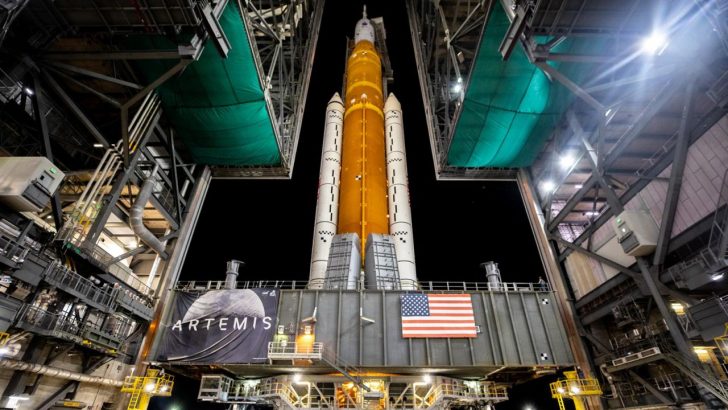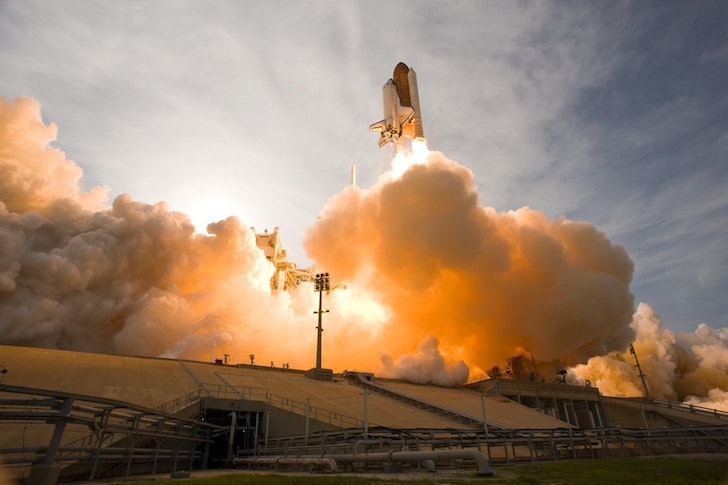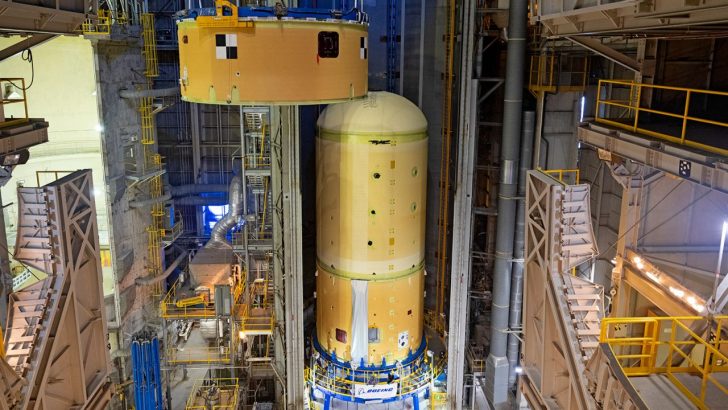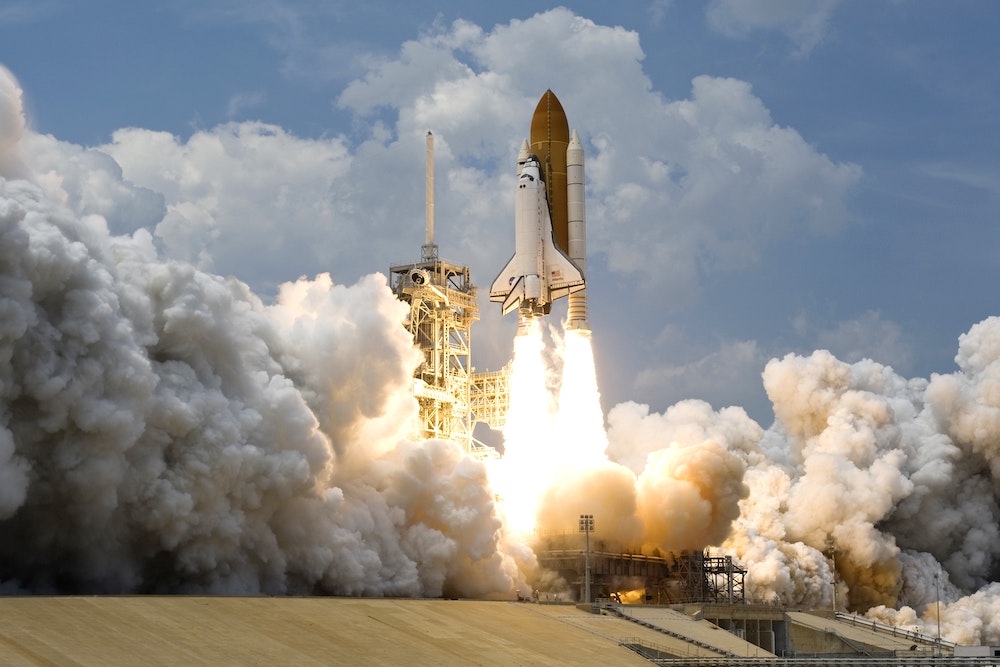Experts acknowledged having conflicted feelings about the Artemis I mission around the moon in the days building up to its launch. The excitement of seeing NASA take the initial steps toward ultimately returning people to the moon's surface was balanced by the shadow thrown by the drawn-out effort it required to get there.
The construction of NASA's Space Launch System (SLS), the most efficient engine ever launched and one of the most contentious, has experienced several delays. SLS is at the heart of the Artemis I mission. Initially, it was anticipated that the imposing launch vehicle will take off in 2016. Additionally, throughout the more than ten years the rocket was in construction, the space company and Boeing, which was awarded the contractor for the SLS rocket's core, came in for years of scathing criticism.

Ben Smegelsky/NASA | Boeing has responded to the criticism by citing the program's overall performance and its stringent testing standards
The OIG report also included an email from NASA, which said that it concurred with the study's recommendations and "had already identified the potential to strengthen contract performance management" in 2018.
Boeing & NASA's Future Direction
SLS's successful launch was a major victory for Boeing. The firm has been embroiled in turmoil for the last four years, with persistent delays and many problems with Starliner, a spaceship created for NASA's Commercial Crew Program, as well as scandal after scandal engulfing its aviation sector. With the Artemis I expedition successfully landing back on Earth, Boeing and NASA can concentrate on building more of the enormous SLS rockets to carry out even more ambitious missions.

Pixabay/Pexels | The Artemis II mission, which would send four astronauts on a trip around the moon, is scheduled to launch with SLS in 2024
As NASA prepares to establish its permanent lunar colony, SLS will then serve as the main propulsion system for the Artemis III mission, which will bring people back to the moon's surface for the first time in 50 years.
The next two SLS rocket cores are being built, according to Shannon, the Boeing SLS program manager, who told CNN that the booster for Artemis II is on target to be ready in April, more than a year before the mission is due to launch. Also finished, according to Shannon, are all of the "major components" for a third SLS rocket. Boeing is also relocating final assembly to new facilities in Florida for the third SLS core.

Michael DeMocker/NASA | Freeing up space at its manufacturing plants will enhance output, which might help lower costs
Immediately after the end of the Artemis I mission, on December 11, Nelson also informed reporters about SLS. He said he had every reason to believe that Congress will continue to support the rocket as well as NASA's larger moon program. Bridenstine, Nelson's predecessor who has openly criticized SLS, said that he ultimately supports SLS and emphasizes that, issues notwithstanding, it does enjoy uncommon bipartisan backing among its financiers. This initiative will make all of America proud. Differentiations will exist. People may say, "Well, you should go all commercial and dump SLS," but ultimately, what we need to do is combine all of the greatest projects we can get for America and utilize them to send a man to the moon.

